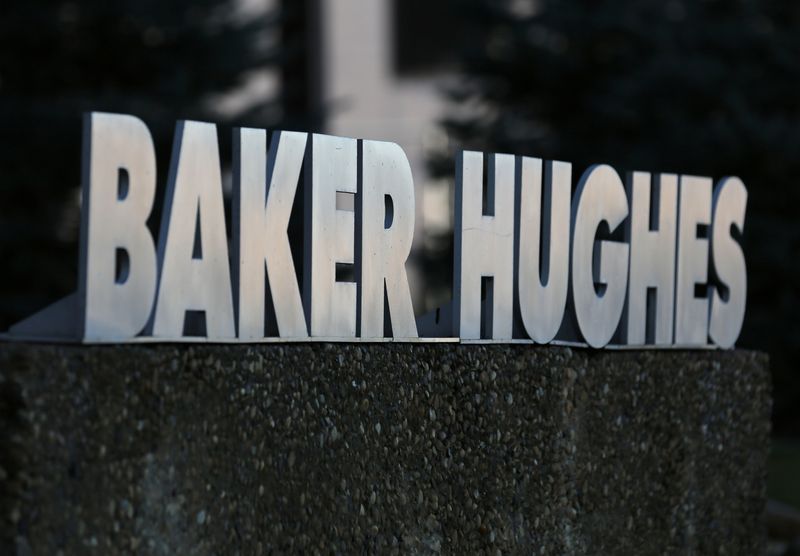By Liz Hampton and Ruhi Soni
(Reuters) -Oilfield services firm Baker Hughes Co said on Tuesday it will simplify its organizational structure into two business units from four, starting Oct. 1, a move expected to deliver at least $150 million in cost savings.
The Houston, Texas-based firm said it will combine its two oilfield units into a Oilfield Services & Equipment business led Maria Claudia Borras, who had been executive vice president of its oilfield services business since 2017.
It will also create an Industrial & Energy Technology unit by merging its Turbomachinery & Process Solutions (TPS) and Digital Solutions businesses. That will be headed by Rod Christie, who had overseen its TPS unit.
The restructuring will reduce the executive leadership team, cutting the number of direct reports to Chief Executive Lorenzo Simonelli by 25%, according to a presentation.
"This was a predictable move. It moves them a step closer to a total separation of the two entities," said James West, a managing director with investment firm Evercore ISI.
Shares of Baker Hughes were down 1.54% to $24.96 in midday trading amid declines in broader energy stocks.
The restructuring is the latest in a series of changes at Baker Hughes over the past five years. In 2017, it merged with GE Oil and Gas, but announced plans to split roughly a year later.
The company is targeting 20% pre-tax margins in its oilfield equipment unit by 2025, it said in the presentation.
Baker also said it is conducting a holistic assessment of its subsea equipment business to determine the appropriate model, and that it will continue to rationalize products and markets that do not fit into in its OFSE unit.
Its Industrial Energy & Technology unit will encompass climate change related businesses such as carbon capture, hydrogen and emissions management. It is targeting 3% to 4% of revenue for its research and development budget, it said on Tuesday.
Baker is forecasting $10 billion to $11 billion in orders for that unit in 2022 and 2023, and around $200 million in new energy orders for this year. It anticipates carbon capture to drive between $6 billion and $7 billion in orders by 2030.
